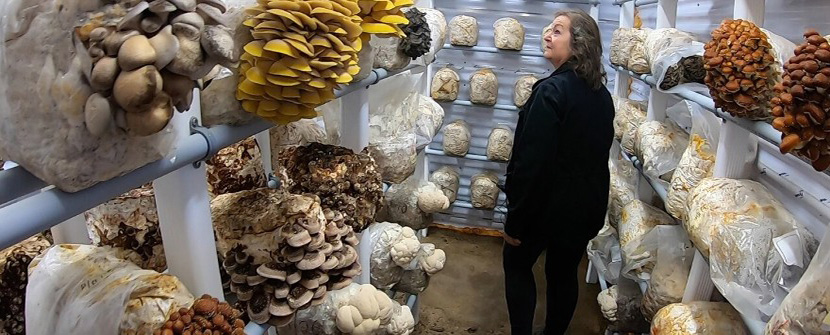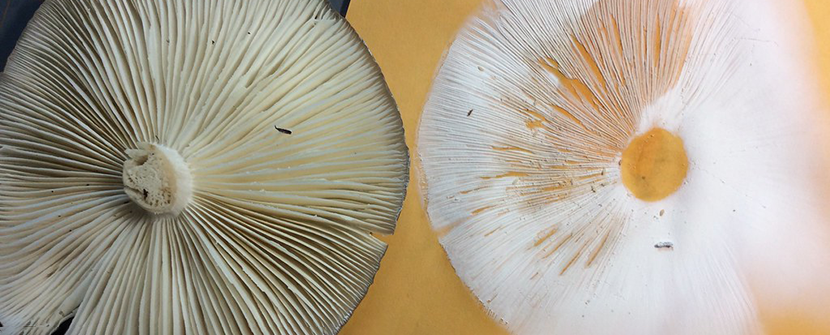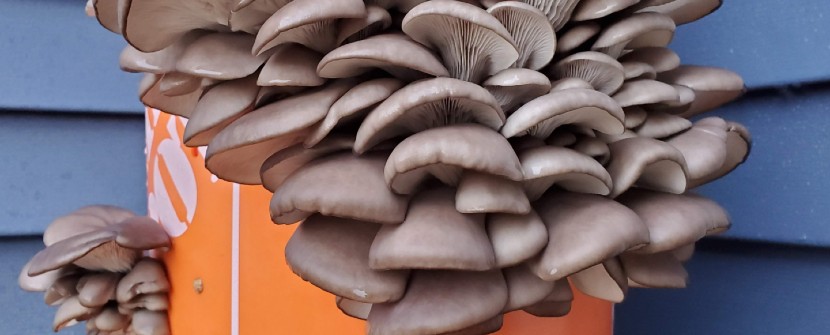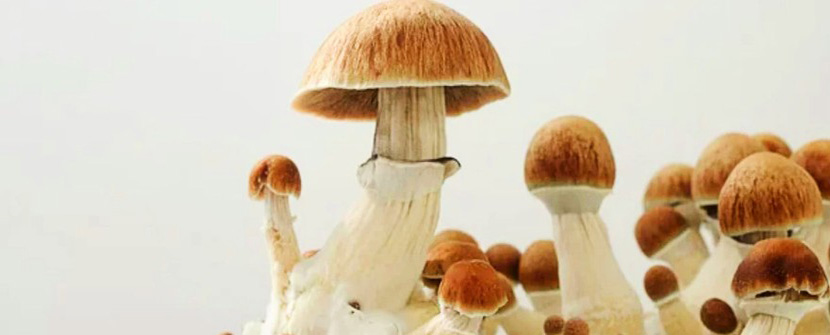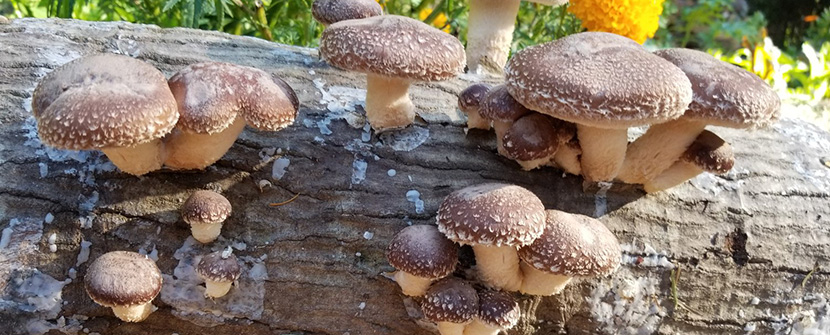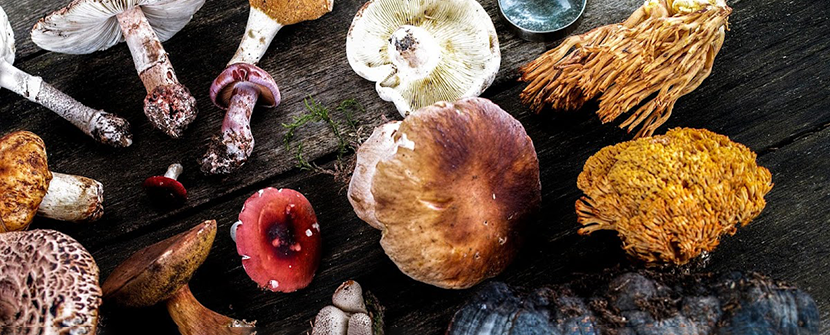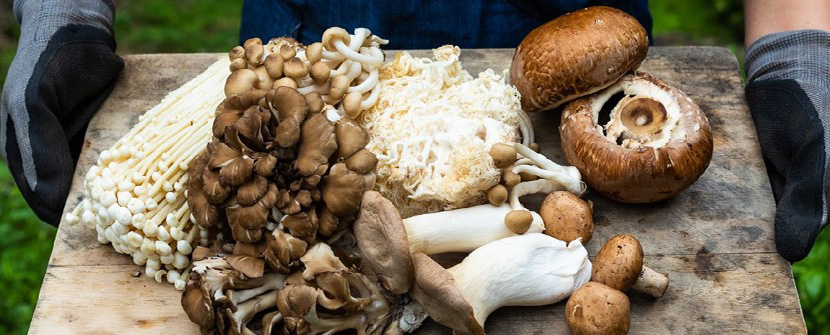Mushrooms are a delicious and nutritious food that can be grown in a variety of ways. Whether you want to grow them indoors or outdoors, on logs or on straw, there is a mushroom species that suits your needs and preferences. Growing mushrooms can also be a profitable business with low overhead costs and little experience required. In this blog post, we will explore how to start a mushroom growing business, what are the most profitable mushrooms to grow, and what are the best practices for mushroom cultivation and marketing.
How to start a mushroom growing business
The first step to start a mushroom growing business is to have a solid plan of action. You need to decide what kind of mushrooms you want to grow, where you want to grow them, how much space and equipment you need, how much money you can invest, and how you will sell your mushrooms.
Here are some questions to consider:
- What are your goals and objectives? Do you want to grow mushrooms as a hobby, a side hustle, or a full-time job? How much income do you expect to make from your mushroom business?
- What are the legal requirements and regulations for mushroom growing in your area? Do you need any permits, licenses, or certifications? How will you comply with food safety standards and environmental regulations?
- What are the market opportunities and challenges for mushroom growing in your area? Who are your potential customers and competitors? What are the demand and supply trends for mushrooms? How will you differentiate yourself from other mushroom growers?
- What are the best mushroom species for your climate and growing conditions? Do you want to grow gourmet or medicinal mushrooms, or both? Do you want to grow common or exotic mushrooms, or both? What are the advantages and disadvantages of each mushroom species?
- What are the best substrates and growing methods for your mushroom species? Do you want to grow mushrooms indoors or outdoors, on logs or on straw, or using other methods? What are the pros and cons of each substrate and method?
- What are the equipment and materials you need for mushroom growing? How much will they cost and where will you get them? How will you store and maintain them?
- How will you harvest, process, package, and transport your mushrooms? How will you ensure quality and freshness? How will you handle waste and by-products?
- How will you market and sell your mushrooms? Will you sell them directly to consumers, restaurants, grocery stores, or other outlets? Will you sell them fresh, dried, or processed? How will you price your mushrooms? How will you promote your mushroom business?
Once you have answered these questions, you can write a detailed mushroom growing business plan that outlines your goals, strategies, budget, timeline, and expected outcomes. A good business plan will help you stay focused, organized, and motivated throughout your mushroom growing journey.
The most profitable mushrooms to grow
The profitability of mushroom growing depends on many factors, such as the production cost, the market price, the yield, the demand, and the competition. However, some mushrooms tend to be more profitable than others because they have higher prices, lower costs, higher yields, higher demand, or lower competition.
Here are some of the most profitable mushrooms to grow for a small business:
Oyster mushrooms: Oyster mushrooms are one of the easiest and fastest mushrooms to grow. They can be grown indoors on straw or sawdust in bags or containers. They have a high yield of up to 25% of their dry weight. They can be harvested multiple times from the same substrate. They have a mild flavor and a meaty texture that appeals to many consumers. They can be sold fresh or dried for $12 to $20 per pound.
Shiitake mushrooms: Shiitake mushrooms are one of the most popular and widely consumed mushrooms in the world. They have a rich flavor and a chewy texture that makes them ideal for soups, stir-fries, and sauces. They can be grown indoors on sawdust blocks or outdoors on hardwood logs. They have a moderate yield of up to 10% of their dry weight. They can be harvested multiple times from the same substrate. They can be sold fresh or dried for $16 to $24 per pound.
Lion's mane mushrooms: Lion's mane mushrooms are one of the most unique and exotic mushrooms to grow. They have a distinctive appearance of white pom-poms that resemble a lion's mane. They have a mild flavor and a crab-like texture that makes them suitable for seafood dishes. They can be grown indoors on sawdust blocks or bags. They have a low yield of up to 5% of their dry weight. They can be harvested once from each substrate. They can be sold fresh or dried for $20 to $30 per pound.
Cordyceps mushrooms: Cordyceps mushrooms are one of the most valuable and rare mushrooms to grow. They are known for their medicinal properties, such as boosting immunity, energy, and libido. They are also known as caterpillar fungus, because they grow on the bodies of insect larvae. They can be grown indoors on grain or rice substrates in jars or bags. They have a very low yield of up to 1% of their dry weight. They can be harvested once from each substrate. They can be sold dried or powdered for $100 to $200 per ounce.
The best practices for mushroom cultivation and marketing
To succeed in mushroom growing, you need to follow some best practices that will ensure the quality and quantity of your mushrooms, as well as the satisfaction and loyalty of your customers. Here are some tips and advice for mushroom cultivation and marketing:
- Choose the right mushroom species for your climate and growing conditions. Research the optimal temperature, humidity, light, and air flow for each mushroom species. Monitor and adjust these factors regularly to maintain a healthy and productive environment for your mushrooms.
- Choose the right substrate and growing method for your mushroom species. Research the nutritional and physical requirements for each mushroom species. Use high-quality and sterile substrates that are free of contaminants and pests. Follow the proper procedures for inoculating, incubating, fruiting, and harvesting your mushrooms.
- Choose the right equipment and materials for mushroom growing. Use clean and durable equipment and materials that are suitable for your scale and budget. Sterilize your equipment and materials before and after each use to prevent contamination and infection. Store and maintain your equipment and materials in a safe and dry place.
- Choose the right time and method for harvesting your mushrooms. Harvest your mushrooms when they are young and fresh, before they release their spores. Use a sharp knife or scissors to cut the mushrooms at the base of the stem. Handle your mushrooms gently and carefully to avoid bruising and damage.
- Choose the right way to process, package, and transport your mushrooms. Process your mushrooms as soon as possible after harvesting to preserve their quality and freshness. Wash your mushrooms lightly with cold water to remove dirt and debris. Dry your mushrooms thoroughly with a paper towel or a fan. Package your mushrooms in breathable containers or bags that are labeled with your name, logo, date, weight, price, and variety. Transport your mushrooms in a cool and dark place to prevent spoilage and deterioration.
- Choose the right way to market and sell your mushrooms. Market your mushrooms as a premium product that is fresh, local, organic, gourmet, or medicinal. Highlight the benefits and features of your mushrooms, such as their flavor, texture, appearance, health, or environmental impact. Use attractive and professional photos, videos, logos, labels, flyers, brochures, websites, social media, blogs, or podcasts to promote your mushroom business. Sell your mushrooms directly to consumers through farmers' markets, online platforms, or delivery services. Sell your mushrooms to restaurants, grocery stores, health food stores, or other outlets that value quality and variety.
Closing Thoughts
Growing mushrooms can be a fun and rewarding hobby or a lucrative business opportunity. With some planning, research, investment, and hard work, you can start a mushroom growing business that will provide you with delicious and nutritious food as well as a steady income stream. The most profitable mushrooms to grow are oyster, shiitake, lion's mane, and cordyceps mushrooms. The best practices for mushroom cultivation and marketing are choosing the right species, substrate, method, equipment, harvesting time, processing method, packaging method, and selling strategy for your mushrooms.


